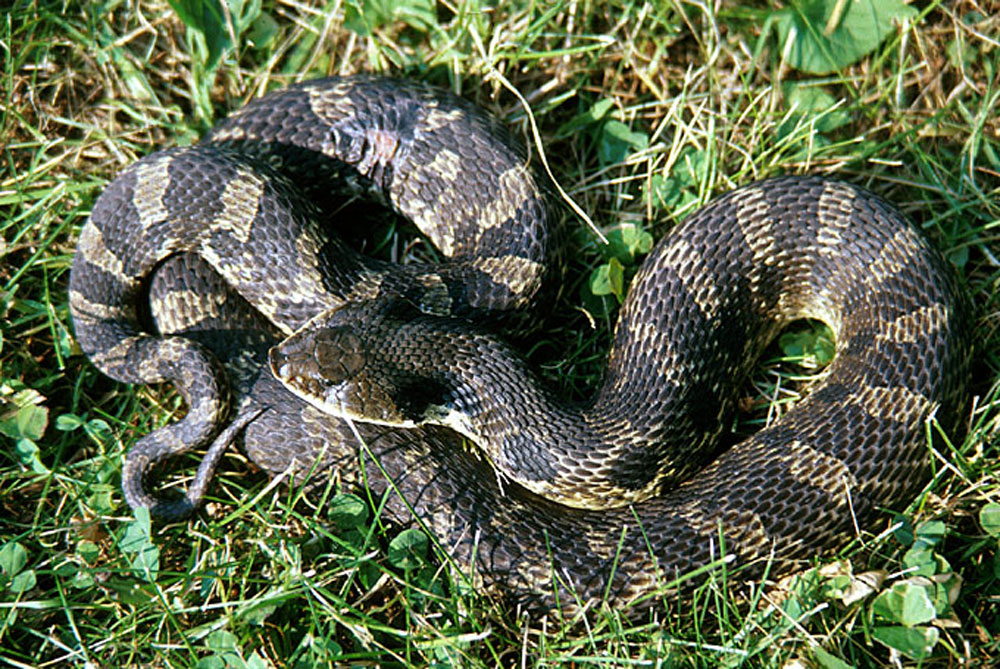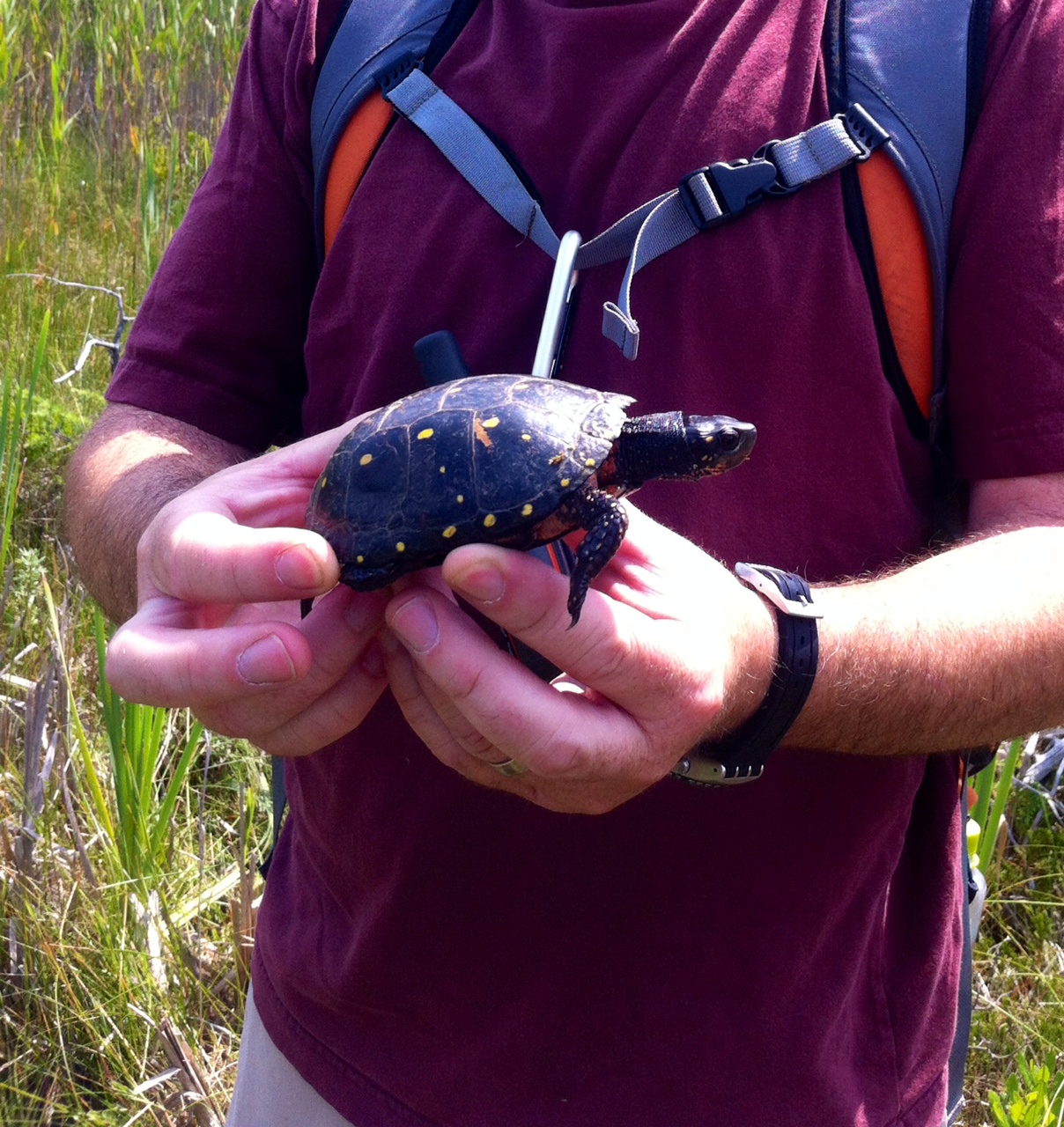Our eastern hog-nose snake animal sign next to its exhibit at the Zoo will tell you the snakes’ natural range, diet, threat level and some other interesting facts. What no sign can convey is how theatrical these snakes really are: if there was an Academy Award for the most dramatic snake, the hog-nose snake would go home with the Oscar.


If a hog-nose snake is threatened, it has quite the repertoire of movements and behaviors to distract and evade an attacker. The first tactic the hog-nose snake will use is to flatten out its head, giving it the appearance of having a hood, like a cobra. It then will take a very deep breath to inflate itself and then release the breath causing a loud hissing sound. If this had not deterred its irritant, the hog-nosed snake will strike. The snake does not open its mouth to bite, it only strikes at the attacker by hitting the attacker with its nose and face. A lot of other snakes will use these same types of scare tactics to ward off an attacker; however, other snakes will typically bite when they strike. The rest of the hog-nose snake’s dramatic tactics are specific to this species.


When hooding up, hissing and mock-biting will not deter a threat, the hog-nose snake will flail around, appearing to be having convulsions. The convulsive fit includes the snake thrashing around with its mouth open with its tongue hanging out. This performance is ended by the hog-nosed snake rolling onto its back and playing dead with its mouth open and tongue hanging out. The snake will even go as far to appear to have blood coming from its mouth and anus, as well as defecating and excreting a foul odor. When the snake is picked up, it will be limp. If the snake is set back down with its belly down, it will quickly flip over so it is upside down on its back again. After some time has passed, the snake will pick its head up and check for danger. If the threat is gone, it will roll over and scurry away.
The eastern hog-nose snake gives the best performance when evading an intruder. There are other snakes out there that have their own tactics when being confronted by a threat, but none give the convincing dramatic performance like that of the eastern hog-nosed snake. The eastern hog-nose snake in the ECO center at the Zoo typically will not put on this dramatic performance because they have a pretty easygoing life and don’t have the need to act out. They are capable of it, however, and would give the performance of a lifetime if needed.
Learn more about eastern hog-nose snakes and other species of reptiles and amphibians at Snakes and Friends Day this Saturday, August 22!
–Amanda Davis, Zoo Keeper









